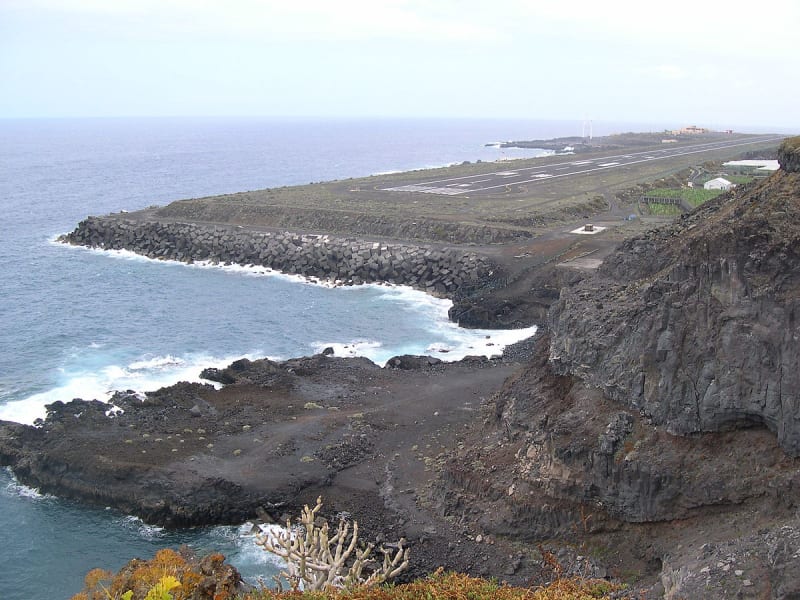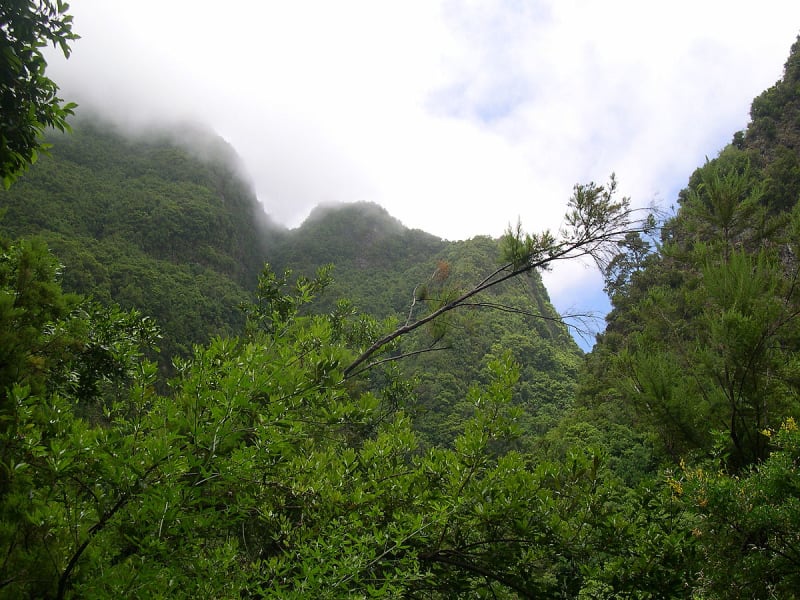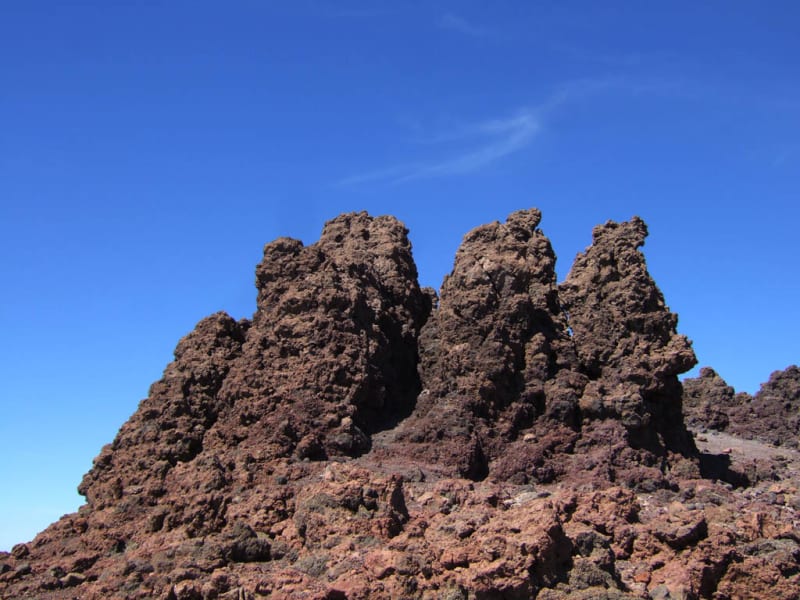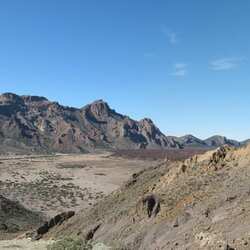La Palma Island
The island of La Palma is considered the youngest island of the Canary Archipelago. It was formed as a result of volcanic eruptions about 2 million years ago. It is one of the highest islands in the world. A chain of volcanoes stretches from the middle of the island to the south. The highest point is the peak of Roque de los Muchachos, its height above sea level is more than 2,4 thousand m. Trekking enthusiasts like to come here.

A bit of history
The last eruption of the Cumbre Vieja volcano, located in the south of the island of La Palma, occurred very recently - in 2021, and lasted from September to December. 6 thousand people were evacuated, about 2 thousand buildings were damaged. According to scientists, the volcano's activity may resume. The previous eruption, the Tenegia volcano, was in 1971. It lasted 85 days.
The international Astronomical Observatory is located on the mountain. In 1979, the Newton Telescope was moved here from the Royal Observatory of Greenwich. The location for the observatory was not chosen by chance - the sky above the island has no light pollution and is simply created for astronomical observations.
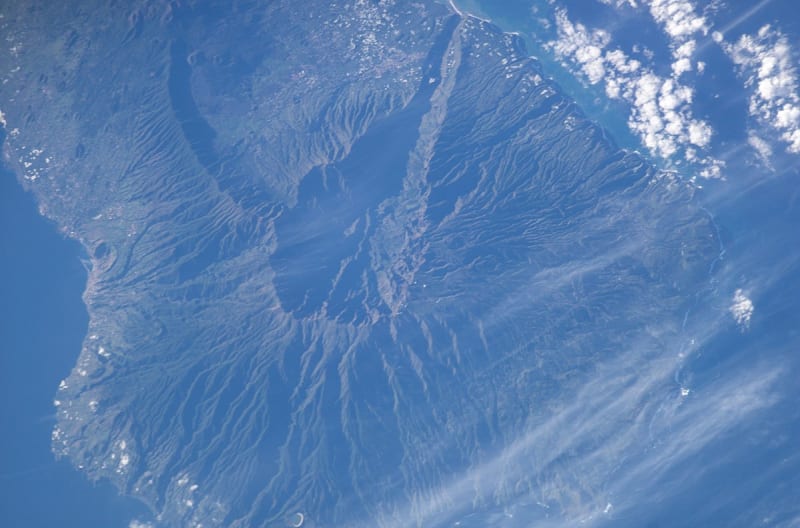
Currently, the observatory has 14 groups of powerful telescopes. Local laws prohibit the use of high beam headlamps for cars on the island of La Palma in order to prevent extraneous light streams and not disrupt the course of astronomical observations. Even street lamps use a gas that gives yellow light so as not to interfere with the work of astrophysicists.
The largest erosion crater in the world, the Caldera de Taburiente, is located in the north of the island. It was formed by giant landslides that accompanied the eruptions.
Since 1954, the area near the crater has been declared a National Park. The basin is about 8 km in diameter. It is filled with streams flowing down from high cliffs. Streams turn into stormy streams and form amazing waterfalls sparkling with spray. Magnificent views of the crater and towering cliffs open from the Pico de la Cruz observation deck. The amazing natural wonder is the waterfalls of Caldera de Marcos y Cordero, they can be seen from the observation deck.
Description
La Palma is one of the greenest islands in the archipelago. A third of its area is occupied by pine and laurel forests. The Los Tilos Nature Reserve was created to preserve relict plants. Here you can find laurel trees that are hundreds of years old.
The beaches of the coast are covered with unusual black volcanic sand. The bays with incredibly clear water, surrounded by rocks, create a unique flavor of the island. The European Commission EDEN has recognized La Palma as one of the best places for eco-tourism. UNESCO added the island to the list of biosphere reserves in 2002. The Cumbre Vieja volcanoes, which formed a chain, divide the island into 2 zones with significantly different climates.
The capital of the island of La Palma is a cozy little Santa Cruz. It has preserved an ancient fortress built in 1554. At that time, the island was often attacked by pirates. The fortress allowed them to fight back.
In the 17th century, the Salazar Palace was built in the city, which is almost perfectly preserved to this day, and is the main attraction. Renaissance architecture is clearly evident in the ancient buildings and churches of the city, which are well preserved and attract the attention of tourists.
Before the arrival of the Spaniards in the 15th century, the island was inhabited by the Guanche tribes, whose lifestyle and occupations had not changed since primitive times. The aborigines did not want to obey the colonialists, they fought against them. But the forces were unequal, and they had to give in.
Information for tourists
The first organized tourists arrived on the island at the end of the 19th century from England. Every 5 years, La Palma Island hosts ritual celebrations and the Los Indianos Carnival. For tourists, this is an unforgettable spectacular show. It is especially interesting to see the "dance of the midgets". Magnificent cigars are rolled on the island, appreciated by connoisseurs. Palm honey and cheeses will not leave the most sophisticated gourmets indifferent. The local Malvasia wine is well known for its taste qualities. Grapes for wine are grown on lava, giving a special unusual taste.
La Palma is an extraordinary island with black beaches, coves with emerald waters and stunning natural splendor, attracting thousands of tourists every year. It is not for nothing that the island is called "Isla Bonita" - "beautiful island". Previously, the aborigines called it "Benaoare", which means "My land".
